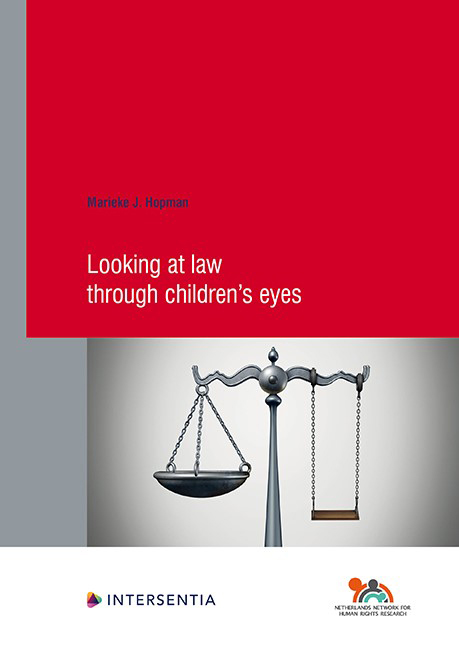Chapter 7 - The Child’s Right to Nationality in the Turkish Republic of Northern Cyprus
Published online by Cambridge University Press: 25 May 2021
Summary
DEFINITIONS
In this chapter, the following terminology will be used:
“Cyprus” refers to the total island of Cyprus
“Turkish Republic of Northern Cyprus”, or “TRNC”, refers to the internationally unrecognized state that controls the north side of Cyprus and claims independent statehood.
“Republic of Cyprus”, or “RoC” refers to the internationally recognized state, and member of the European Union, that controls the south side of Cyprus. “South Cyprus” refers to the territory governed by the RoC.
“Turkey” or “Turkish Republic” or “TR” refers to the internationally recognized state Turkey.
As regards the population of Cyprus, a distinction will be made between:
1. TRNC nationals: anyone with a TRNC nationality
2. RoC nationals: anyone with a RoC nationality
3. TR nationals: anyone with a TR nationality
4. TC(s): Turkish Cypriot(s), referring to people who have Turkish Cypriot ethnicity. Because it is difficult to determine who exactly belongs to this group, in this chapter this term will refer to those people who identify themselves as TCs (taking into consideration that people often identify with different social/ethnic groups. Someone who self-identifies as TC will often also identify as “Cypriot” and/or as “Turkish-speaking Cypriot”). Additionally, the term will be used when discussing literature in which it is used.
5. GC(s): Greek Cypriot(s), referring to people who have Greek Cypriot ethnicity. Because it is difficult to determine who exactly belongs to this group, in this chapter this term will refer to those people who identify themselves as GCs (taking into consideration that people often identify with different social/ethnic groups). Additionally, the term will be used when discussing literature in which it is used.
6. TRNC population: all people living in the TRNC (northern part of Cyprus)
7. RoC population: all people living in the RoC-controlled area (southern part of Cyprus)
8. Immigrants: anyone who comes to Cyprus as a student, tourist, migrant worker, (foreign) soldier, and/or illegal visitor, who does not have TRNC or RoC nationality
- Type
- Chapter
- Information
- Looking at Law through Children's Eyes , pp. 279 - 350Publisher: IntersentiaPrint publication year: 2021



